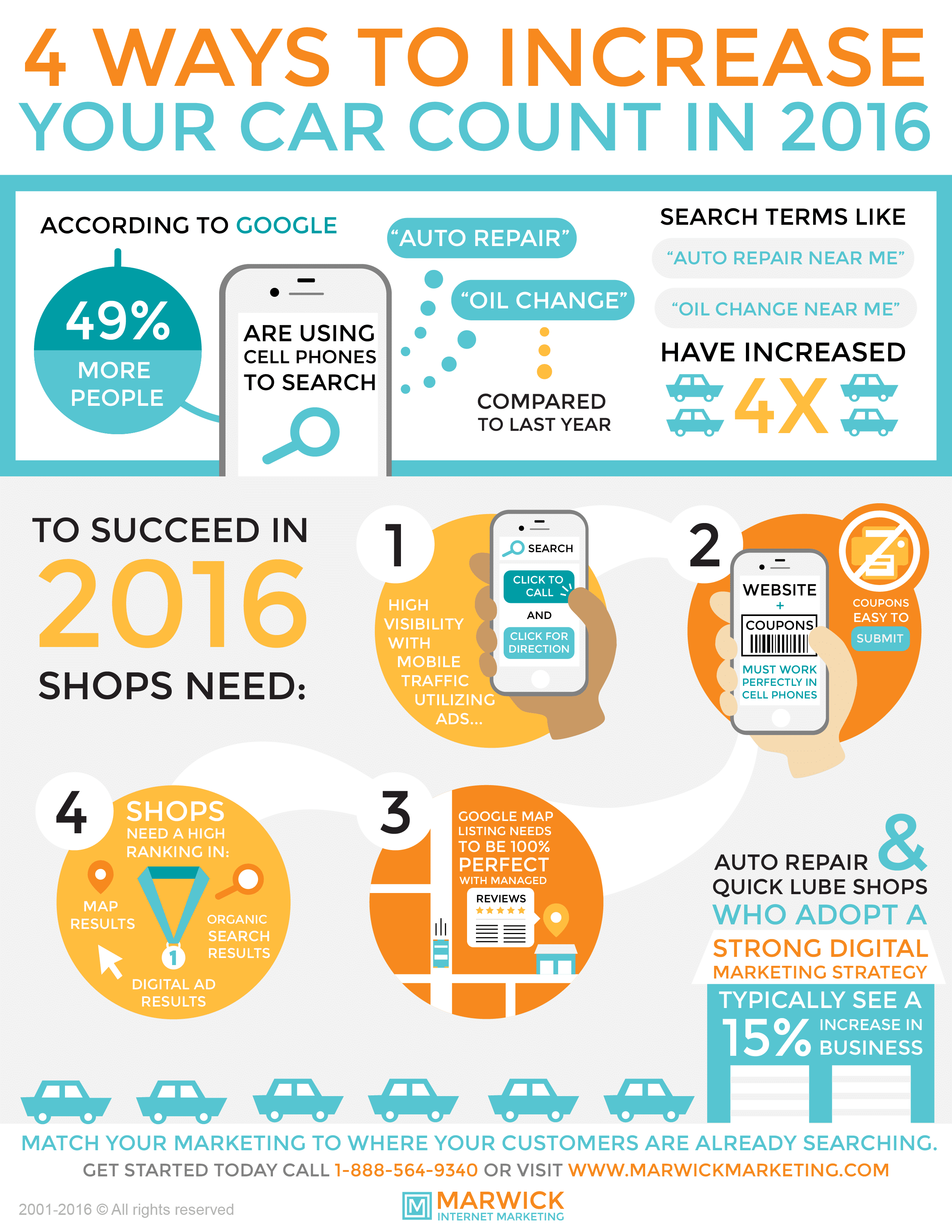Evaluating Your Vehicle'S Caution Indicators: What They Actually Share
Evaluating Your Vehicle'S Caution Indicators: What They Actually Share
Blog Article
Web Content Writer-Boye Corbett
When you're behind the wheel, those glowing warning lights on your dashboard can be a bit bewildering. Do you recognize what they're attempting to inform you about your vehicle's wellness? Understanding the relevance of these lights is essential for your safety and security and the durability of your car. So, the next time among those lights appears, wouldn't you intend to decode its message properly and take the necessary actions to resolve it?
Common Caution Lights and Interpretations
Determine typical caution lights in your automobile and understand their definitions to ensure safe driving.
The most normal caution lights consist of the check engine light, which signals concerns with the engine or emissions system. If this light comes on, it's vital to have your automobile inspected quickly.
The oil stress warning light shows reduced oil pressure, needing immediate interest to prevent engine damage.
cleaner cars blinking battery light might suggest a damaged billing system, possibly leaving you stranded otherwise attended to.
The tire pressure monitoring system (TPMS) light informs you to low tire pressure, impacting automobile security and fuel effectiveness. Disregarding this can lead to harmful driving problems.
The abdominal muscle light suggests a trouble with the anti-lock braking system, jeopardizing your capability to quit promptly in emergency situations.
Last but not least, the coolant temperature level alerting light warns of engine overheating, which can cause severe damage if not settled promptly.
Comprehending these common warning lights will certainly assist you address problems quickly and preserve risk-free driving conditions.
Relevance of Prompt Interest
Understanding the common caution lights in your cars and truck is just the initial step; the relevance of without delay resolving these warnings can not be highlighted enough to guarantee your security when driving.
When a warning light brightens on your control panel, it's your auto's method of connecting a prospective issue that needs focus. Overlooking these cautions can result in extra severe issues later on, endangering your safety and security and possibly costing you much more in repairs.
Trigger focus to advising lights can protect against malfunctions and crashes. For example, a flashing check engine light might indicate a misfire that, if left ignored, could trigger damages to the catalytic converter. Resolving click this over here now can save you from a costly repair service.
Similarly, a brake system advising light might signify low brake fluid or used brake pads, crucial components for your safety and security when driving.
DIY Troubleshooting Tips
If you discover a caution light on your control panel, there are a few do it yourself repairing pointers you can attempt prior to looking for professional assistance.
The initial step is to consult your auto's handbook to recognize what the certain warning light suggests. Occasionally the concern can be as straightforward as a loosened gas cap triggering the check engine light. Tightening up the gas cap may settle the issue.
One more usual issue is a reduced battery, which can set off various warning lights. Examining https://brakerepairnearme73838.tusblogos.com/31235688/a-key-resource-highlighting-the-vital-devices-in-every-auto-repair-workshop-shedding-light-on-the-approaches-for-efficient-vehicle-treatment for deterioration and ensuring they're safe may deal with the trouble.
If a warning light continues, you can attempt resetting it by detaching the auto's battery for a few minutes and afterwards reconnecting it. Furthermore, checking your vehicle's fluid degrees, such as oil, coolant, and brake liquid, can help fix advising lights connected to these systems.
Final thought
In conclusion, recognizing your cars and truck's warning lights is important for keeping your lorry running efficiently and securely. By without delay dealing with these alerts and recognizing what they mean, you can stay clear of expensive repair services and possible failures.
Remember to consult your cars and truck's handbook for specific information on each cautioning light and do something about it accordingly to make sure a hassle-free driving experience.
Remain informed, stay risk-free when traveling!
